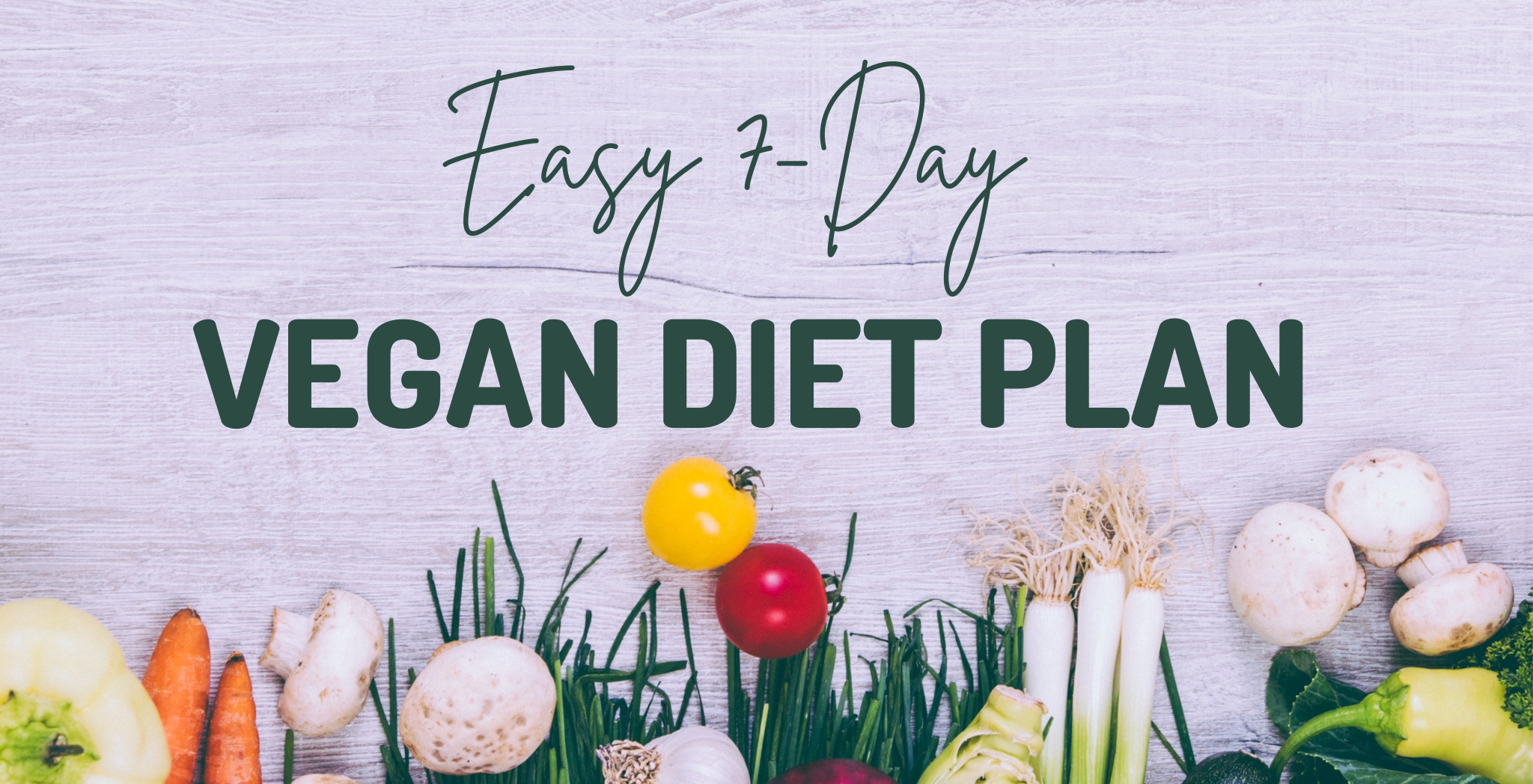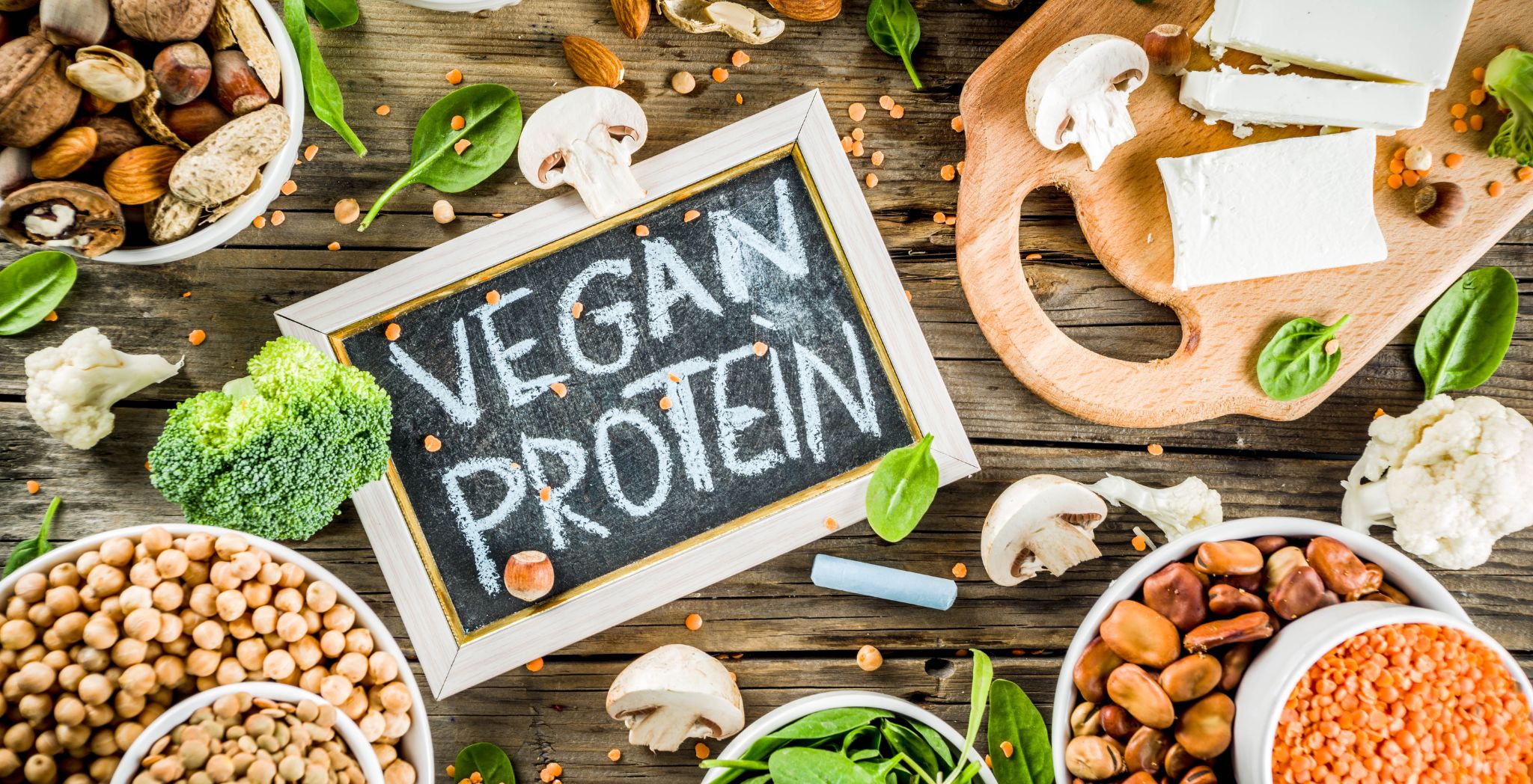Fueling Your Active Lifestyle with High Protein Vegan Meals
In recent years, the popularity of veganism has soared, driven by ethical, environmental, and health considerations. Contrary to the misconception that a plant-based diet lacks protein, the truth is that there are abundant protein sources in the vegan realm. For those leading an active lifestyle, incorporating high-protein vegan meals into…








